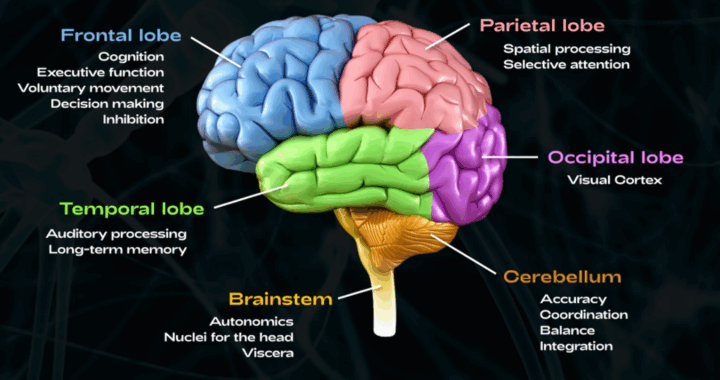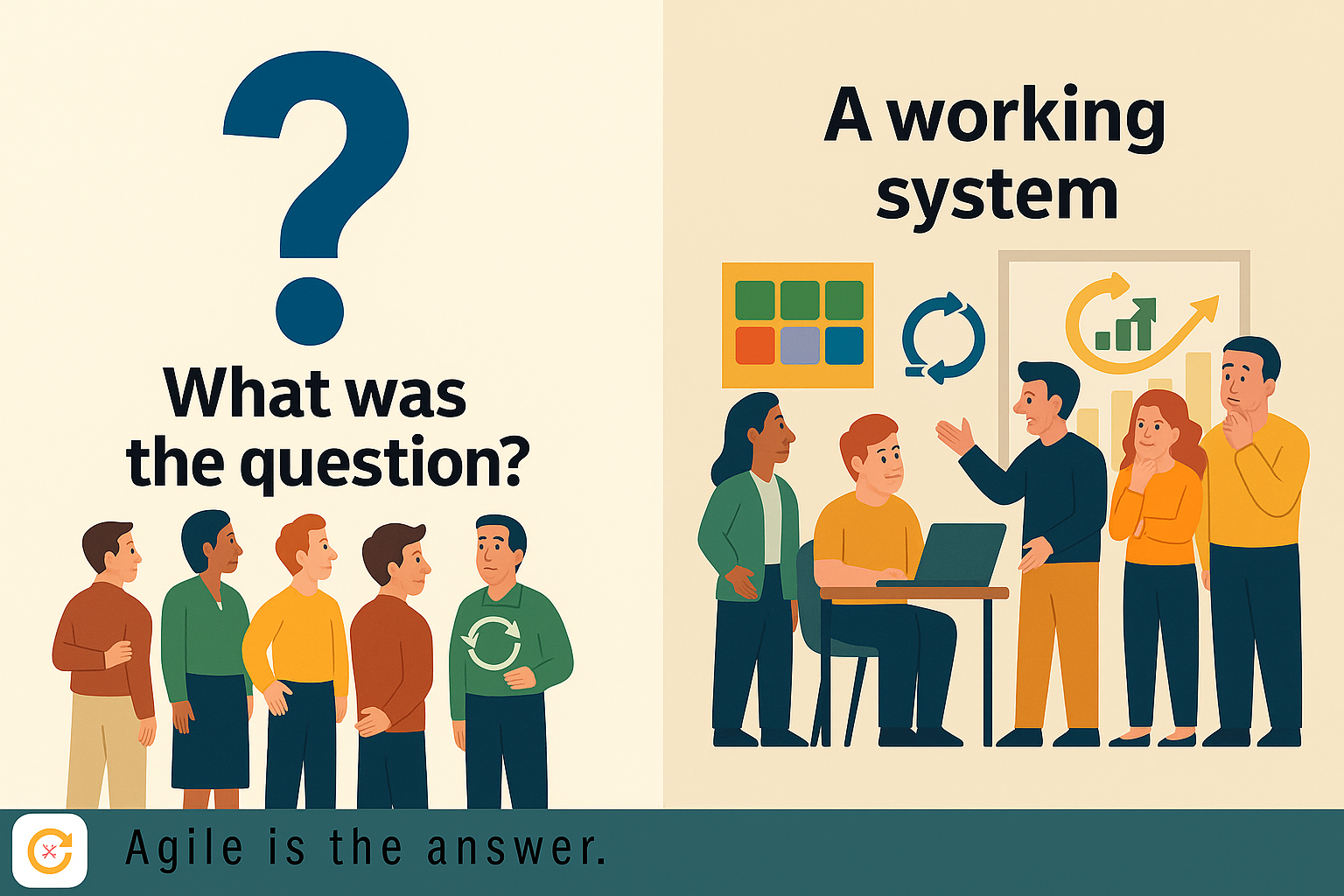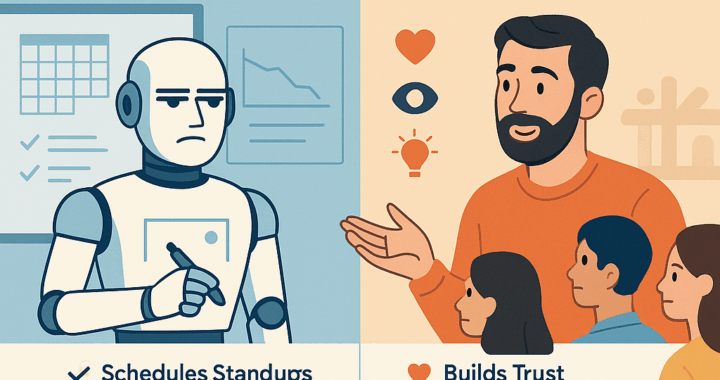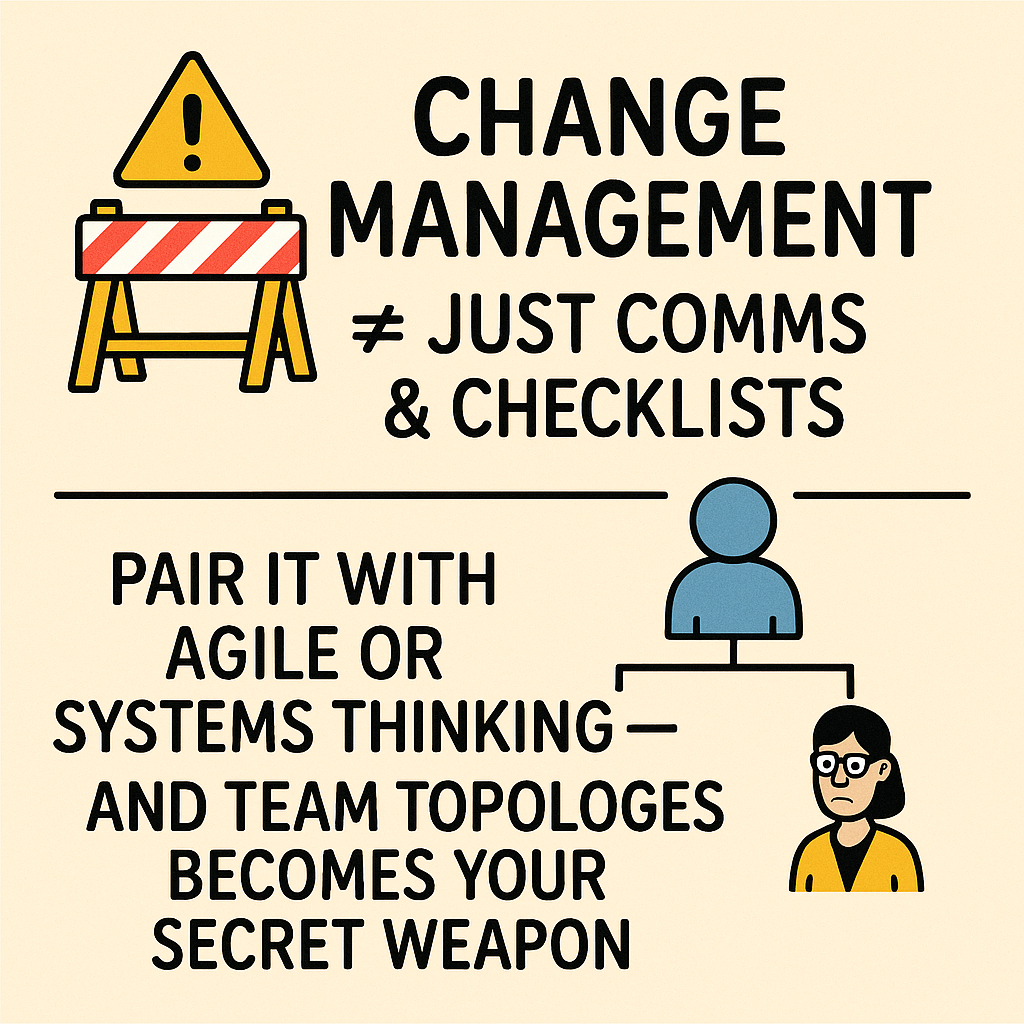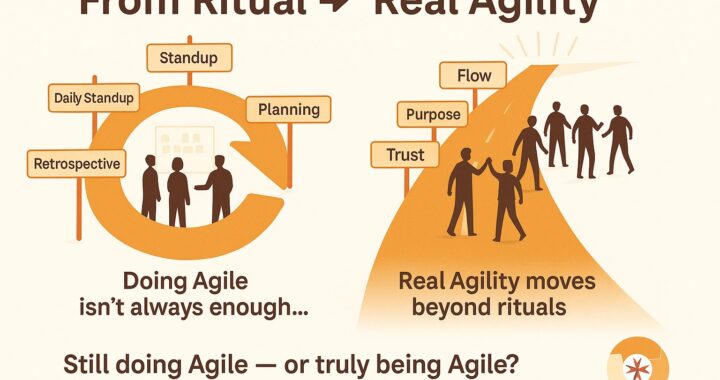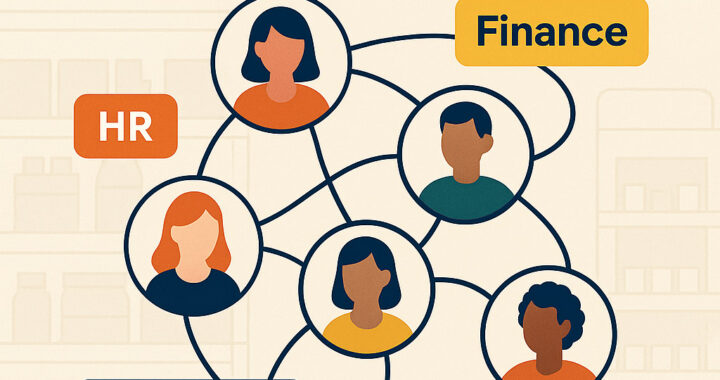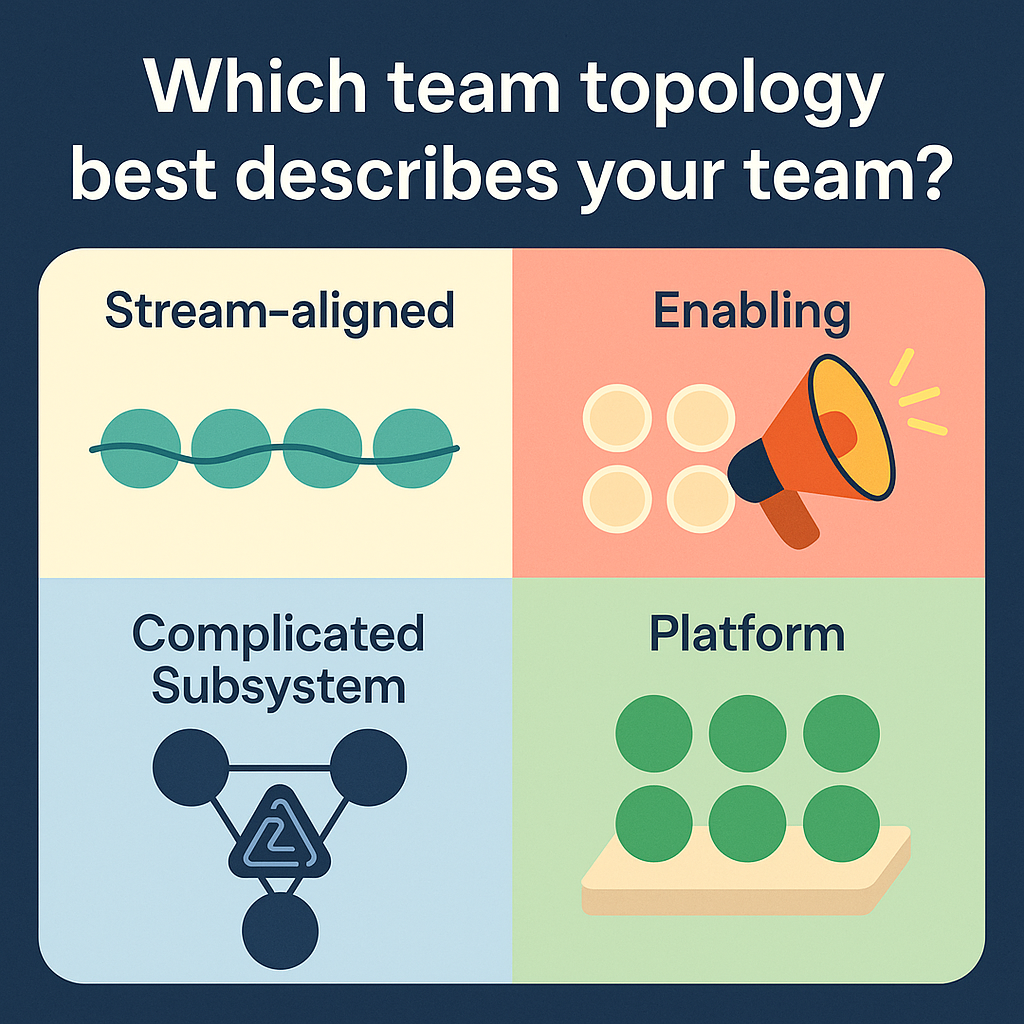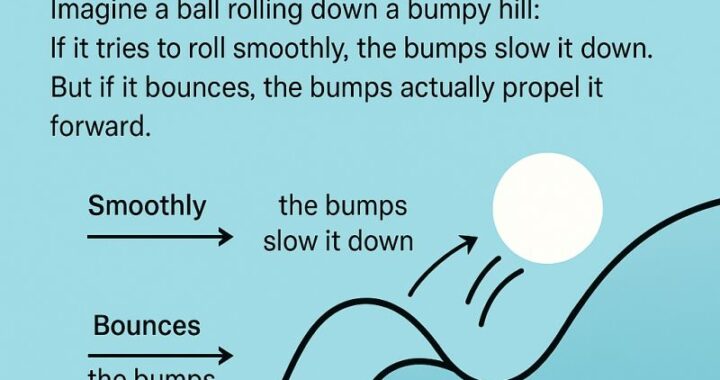 Agile Isn’t a Straight Line,and That’s the Whole Point
Agile Isn’t a Straight Line,and That’s the Whole Point
A lot of people still think going Agile, or doing Scrum “right”, makes everything go faster.

But real agility isn’t just about speed. Agile is about resilience, reflection, and continuous learning.

Think of it like physical therapy: progress isn’t a smooth ride. Some days feel like setbacks, but that’s where growth really happens. It’s the same with Agile.

Picture a ball bouncing down a bumpy hill. If it just tries to roll, every bump slows it. But if it learns to bounce, those same bumps become momentum. That’s what good Agile teams do.

The real win?
Not overnight delivery.
It’s sustainable, adaptable progress.
Built on team resilience and smart feedback loops.

Why obstacles help Agile teams grow:

Resilience – Agile teams don’t avoid setbacks. They recover fast and learn from them.

Problem-solving – It’s not about quick fixes. It’s about building the ability to respond well.

Team Strength – Resilient teams can deliver value even during change.

What do you think?
Have you ever felt like your Agile journey hit a bump—but later realized it was a breakthrough?

Share your story or thoughts below—we’d love to hear from the community!
Follow us on Facebook or LinkedIn
 Ethical Thinking in Agile Work
Ethical Thinking in Agile Work

